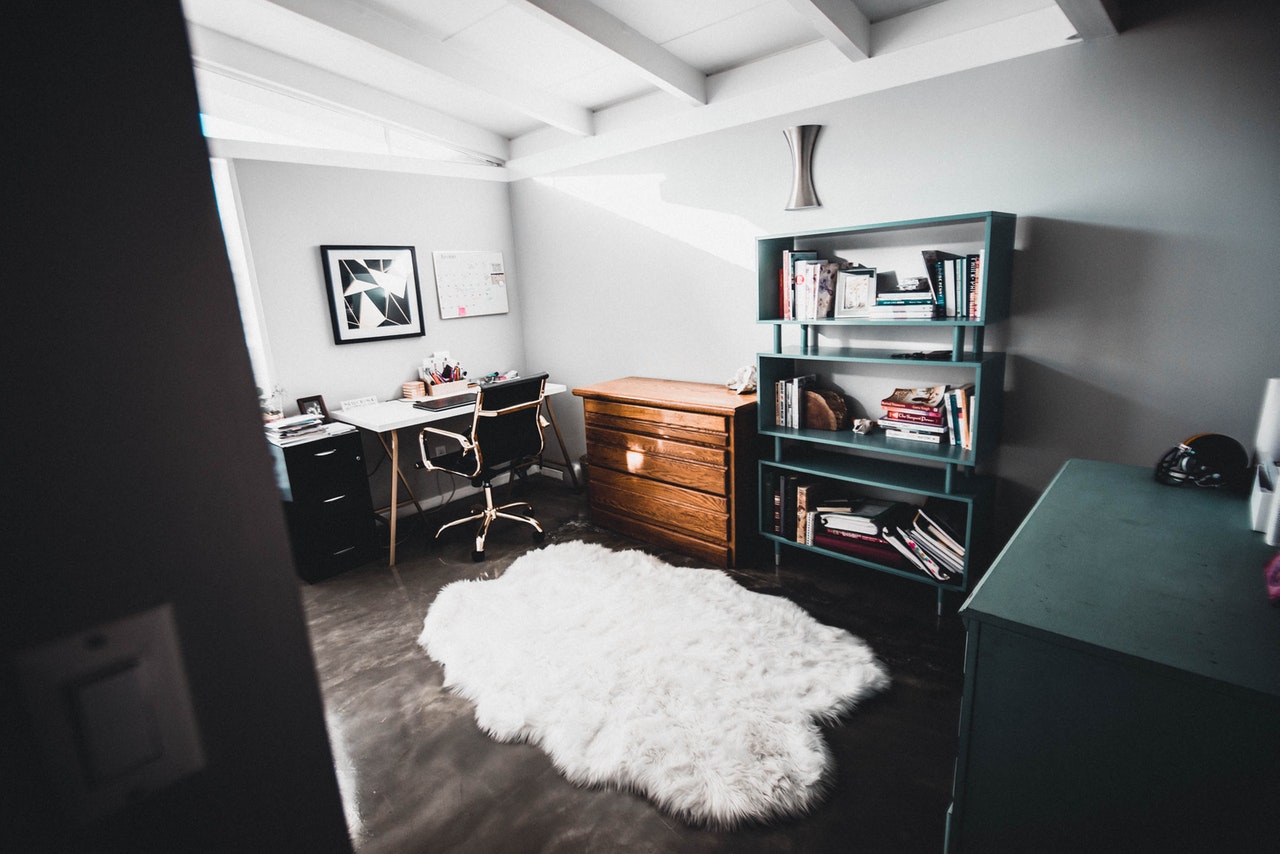As more businesses are looking to continue with a remote working model full time, workers are settling down to the new working style.
Setting up a home office can offer a range of benefits, from increases in your productivity rates to improving the vital work-life balance. If you have been wondering how to set up your dream home office, this guide is here to help.
1. Create a Budget
The first step to setting up your dream home office is to create a comprehensive budget. This step is key for making sure that you are able to follow your renovations through to the end, so you are not left with a half-finished home office.
If you want to accomplish your goals sooner rather than later, there are a range of personal loans like those from OneMain Financial (if your renovation is for personal use and not a business expense) that could be suitable for making your goals a reality.
2. Find the Best Location
Once you have worked out how much money you have to spend, the next step is to find the right location. For some people who have a spare room, finding a home office location is simple. However, if you don’t have a free room, finding a suitable location can be much more difficult.
Ideally, you should have a space for your home office that does not require you to pack up your belongings every mealtime. You should try to think about what space you have available to you and think creatively. Any unused and empty space can be converted into an office space, with the right perspective.
3. Make Your Space Private
 If you don’t have a free room for your home office, then the next step is to make your working space private.
If you don’t have a free room for your home office, then the next step is to make your working space private.
Adding privacy to your office space is critical for ensuring that you are able to work productively and without interruption. You could make your home office more private by adding privacy dividers or even a lightweight floor-to-ceiling divider.
4. Purchase the Right Equipment
Once you have worked out how much space you have to work with, then the next step is to purchase the right equipment.
You will need to measure the space to work out exactly how large you can go with your office desk. You should try to look for high-quality equipment that will last long term.
When you are buying your office chair, it is important that you consider comfort. Buying an adjustable chair with built-in lumbar support can reduce neck and eye strains and back problems.
If you are working from a laptop, you should consider purchasing a keyboard and laptop stand so that you are not having to strain yourself too much while you are working.
5. Sort Out the Lighting
It is common for lighting to be an afterthought when people are designing an office space, but it shouldn’t be. Lighting is very important for both your health and your productivity rates.
You should aim to enhance the amount of natural light in your office space. If you are not able to increase the amount of natural light, then you should purchase lights that brighten your room without creating glare on your computer screen.
6. Create the Right Atmosphere
When you are creating your dream home office, you will not only need to think practically about furniture arrangements and organization but also about the environment as a whole.
You are designing a space that should aid in your productivity and help you to better manage everyday stress levels. To do this, it is important that you focus on creating the right atmosphere.
There are many considerations that you can take to help you to create a positive, productive, and conducive working environment. Firstly, you should consider what items you might want to look at.
Of course, you don’t want your space to become cluttered, but it can be helpful to add a few extra items. This might be a family photograph that brings you joy or some inspiring artwork.
In addition to adding in a picture or two in your home office, you might also want to consider your other senses too. For example, you could choose to use a defuser with some essential oils. Eucalyptus, rosemary, and lemon essential oils have all been found to help reduce stress levels while boosting energy and productivity rates.
7. Add Some Plants
 Studies have found that workplaces become more productive and more positive when they are closer to nature. If you can, you should try to position your desk so that you have a view of nature outside the window.
Studies have found that workplaces become more productive and more positive when they are closer to nature. If you can, you should try to position your desk so that you have a view of nature outside the window.
Of course, this will not be possible for everyone, if you live in a city or do not have accessible natural views, you could choose to add in some indoor plants. Plants that are sweet-smelling, air purifying, and easy to care for are all perfect for the home office setting.
8. Choose the Right Color
The psychology of color is a huge topic that some people spend their whole lives studying. When you are looking to repaint your home office, it is important that you think carefully about what colors you are going to be using.
Brighter colors, like oranges and yellows, have been found to boost creativity and energy levels. However, they can also create feelings of nervousness when they are misused, whereas soft cool blues help promote feelings of calm and concentration.
Using too dark colors will likely create the wrong atmosphere and foster feelings of sluggishness, as they are less stimulating.
When you are repainting a space to turn it into a home office, you should focus on choosing colors that are bright and will help you make the most out of the natural light. If you are not a fan of white walls, you might want to use a pastel tone to make the room look larger, brighter, and airier.
Alternatively, you might want to add in a pop of color, either with paint or soft furnishings, to help to promote creativity and productivity.

I am Adeyemi Adetilewa, an SEO Specialist helping online businesses grow through content creation and proven SEO strategies. Proficient in WordPress CMS, Technical Site Audits, Search Engine Optimization, Keyword Research, and Technical Writing (Portfolio).
I help brands share unique and impactful stories through the use of public relations, advertising, and online marketing. My work has been featured in the Huffington Post, Thrive Global, Addicted2Success, Hackernoon, The Good Men Project, and other publications.

